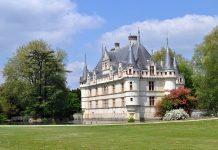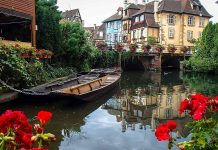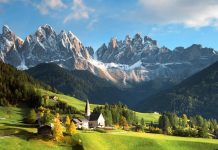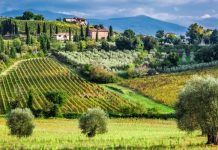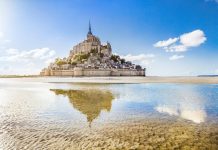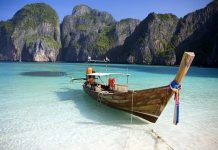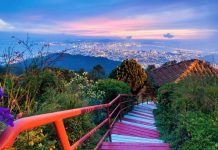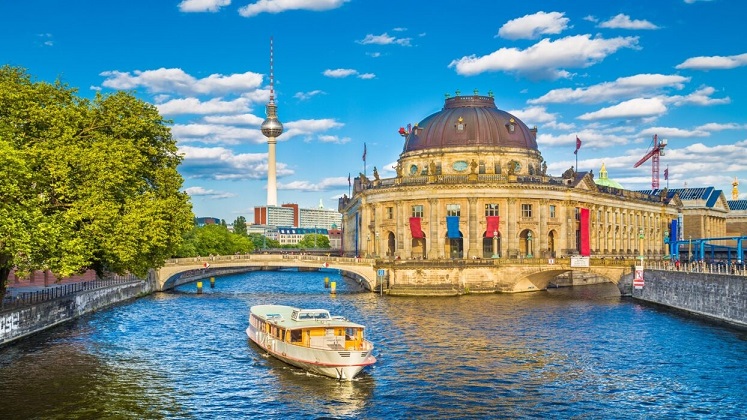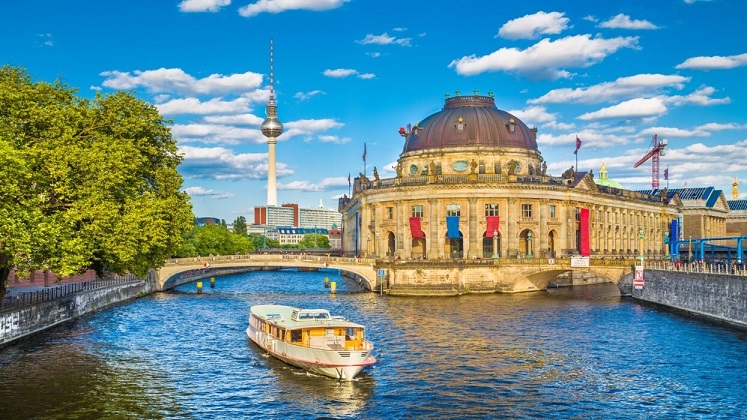
Berlin Wall and Urban Art: Where History Meets Creativity in Germany’s Capital
The Berlin Wall, once a symbol of division and oppression, has transformed into one of the world’s most iconic open-air galleries. Today, the remnants of the Wall serve as a canvas for urban artists, blending Germany’s turbulent history with contemporary creativity. This fusion of past and present makes Berlin a unique destination where history and street art coexist in a powerful visual narrative.
A Brief History of the Berlin Wall
Constructed in 1961 by East Germany (GDR), the Berlin Wall physically and ideologically divided the city for 28 years. Its primary purpose was to prevent East Berliners from fleeing to the democratic West. Guarded by watchtowers, barbed wire, and armed soldiers, the Wall became a grim symbol of the Cold War.
The fall of the Berlin Wall on November 9, 1989, marked a turning point in world history, leading to Germany’s reunification in 1990. While most of the Wall was demolished, several sections were preserved as historical monuments. The most famous remaining stretch is the East Side Gallery, a 1.3-kilometer segment that has become a global symbol of freedom and artistic expression.
The East Side Gallery: The World’s Longest Open-Air Art Gallery
The East Side Gallery is the largest and most celebrated urban art exhibition in Berlin. In 1990, just months after the Wall fell, 118 artists from 21 countries transformed this concrete barrier into a vibrant mural project. Their works reflect themes of freedom, unity, and political change.
Iconic Murals You Can’t Miss
- “My God, Help Me to Survive This Deadly Love” (The Fraternal Kiss) – Dmitri Vrubel
This famous mural depicts Soviet leader Leonid Brezhnev and East Germany’s Erich Honecker in a socialist fraternal kiss. It’s a satirical commentary on political propaganda. - “Test the Best” – Birgit Kinder
Featuring a Trabant car (a symbol of East Germany) bursting through the Wall, this mural represents the unstoppable force of change. - “Hommage to the Young Generation” – Thierry Noir
One of the first artists to paint the Berlin Wall illegally in the 1980s, Noir’s colorful, cartoonish figures became a signature style of resistance art.
Beyond the East Side Gallery: Berlin’s Thriving Street Art Scene
While the East Side Gallery is the most famous, Berlin’s entire urban landscape pulses with street art. Neighborhoods like Kreuzberg, Friedrichshain, and Mitte are hotspots for graffiti, stencils, and large-scale murals.
Must-Visit Spots for Urban Art Lovers
- RAW-Gelände (Friedrichshain) – A former industrial site turned alternative cultural space, covered in ever-changing graffiti and murals.
- Haus Schwarzenberg (Mitte) – A hidden courtyard filled with eclectic street art, including works by renowned artists like ROA and El Bocho.
- Teufelsberg (Grunewald Forest) – An abandoned Cold War spy station now covered in striking murals and graffiti, offering panoramic city views.
Why Berlin’s Urban Art Matters
Berlin’s street art is more than just decoration—it’s a dialogue between the past and present. The city’s turbulent history makes it a fertile ground for artists to explore themes of freedom, rebellion, and social change. Unlike in many cities where graffiti is removed, Berlin embraces it as part of its cultural identity.
Experience Berlin’s Art and History for Yourself
Visitors can explore the Berlin Wall and its urban art through guided tours, bike routes, or self-guided walks. Many tours are led by artists or historians who provide deep insights into the stories behind the murals.
Tips for Your Visit:
- Best Time to Go: Early morning or late afternoon to avoid crowds.
- Photography: The East Side Gallery is perfect for photos, but respect the art—no touching or climbing!
- Local Tours: Consider a street art workshop or guided tour to understand the cultural context.
Conclusion
The Berlin Wall’s transformation from a barrier of oppression to a symbol of creative freedom is a testament to Berlin’s resilience. Today, its urban art scene continues to evolve, making the city a living museum where history and creativity collide. Whether you’re a history buff, an art lover, or simply a curious traveler, Berlin’s fusion of past and present will leave a lasting impression.


